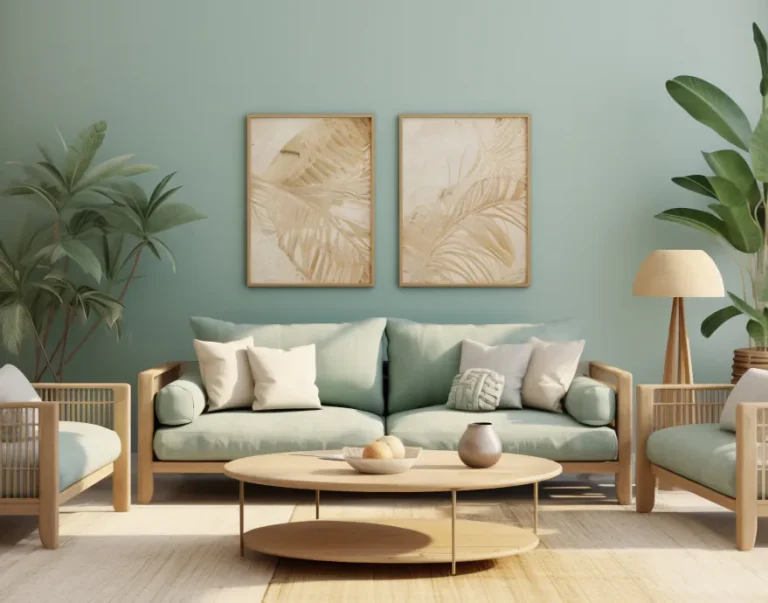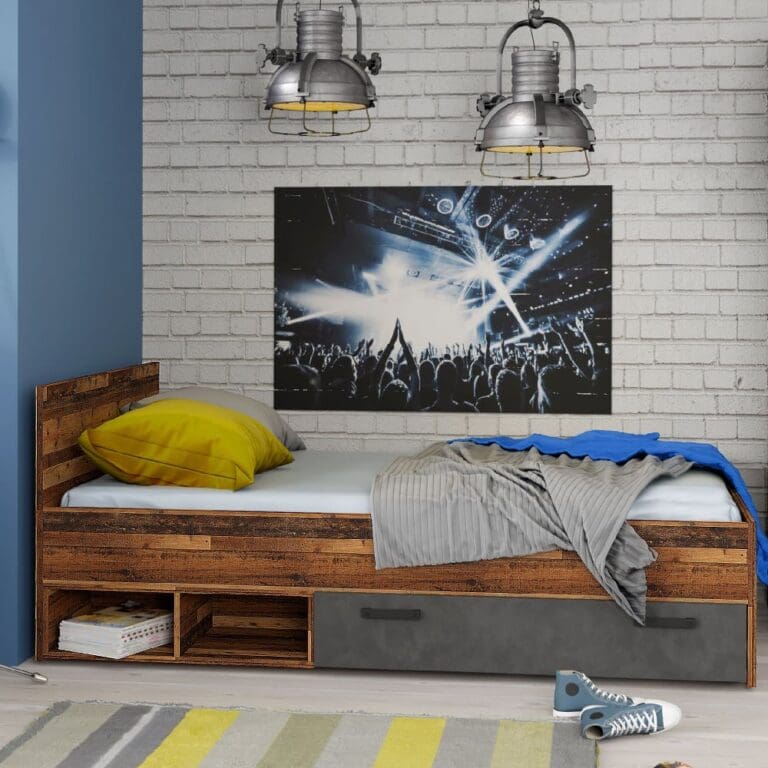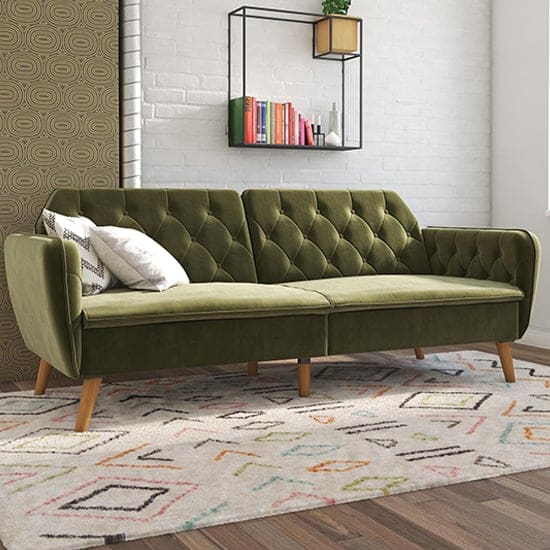Arranging furniture can be a daunting task, especially if you’re starting with an empty room or are looking to redesign your current space.
It’s easy to feel overwhelmed with all the different options and styles, but following a few basic rules can help make the process a lot smoother. Here are some tips for arranging furniture to create a functional and cohesive space:
- – Start with a floor plan: Before you start moving furniture around, it’s helpful to have a rough idea of where everything will go. Measure your room and create a floor plan on paper or a design app, taking into account any permanent features such as windows, doors, and electrical outlets. This will help you visualise different furniture configurations and make the actual rearranging process quicker.

- – Consider traffic flow: One of the most important considerations when arranging furniture is how people will move around the room. You want to create a clear path for people to walk through the space without having to navigate around too many obstacles. Avoid placing furniture too close to doorways or in the middle of the room, as this can create bottlenecks and make the space feel cramped.
- – Balance your furniture: Once you’ve determined the traffic flow, it’s time to start placing furniture in the room. Aim for balance by placing larger pieces of furniture on opposite sides of the room, such as a couch on one side and a bookcase on the other. This will help create a sense of stability and harmony in the space.
- – Anchor the furniture: To create a cohesive look, try to “anchor” your furniture to the room. This means using larger pieces, such as a sofa or an area rug, to define the space and give it a sense of purpose. For example, if you’re setting up a living room, the couch might be the anchor piece, with other furniture arranged around it in a way that makes sense.
- – Leave some breathing room: While it’s important to fill a space with furniture, it’s also important to leave some “negative” space or areas that are left empty. This helps to prevent the room from feeling cluttered and overwhelming, and gives the eye a place to rest. A good rule of thumb is to leave at least 18 inches between pieces of furniture to allow for easy movement.
- – Mix and match styles: It’s okay to mix and match different furniture styles as long as they complement each other. For example, you might pair a modern glass coffee table with a more traditional leather sofa, or mix a mid-century side table with a rustic wood dining table. Just be sure to choose pieces that share a common theme or colour palette, so the overall look is cohesive.
- – Pay attention to lighting: Lighting is an important factor in any room, and it can affect the way furniture is arranged. Consider the natural light sources in the room, such as windows and skylights, and try to position furniture so it takes advantage of these sources. You should also consider adding additional lighting, such as floor lamps or table lamps, to help create a warm and inviting atmosphere.
- – Add personal touches: Finally, don’t be afraid to add your own personal touches to the space. Hang artwork, throw pillows, and other decor items to add colour and character to the room. Just be sure to keep these items in proportion to the size of the furniture and the room, so the space doesn’t feel cluttered.
By following these rules for arranging furniture, you can create a functional and cohesive space that reflects your personal style. Don’t be afraid to experiment and try out different configurations – the process of rearranging your furniture can be a fun and creative way to give your space a fresh new look


